Culverts are civil structure that allows water to flow under a road, railroad, trail, or similar obstruction from one side to the other. Typically fixed so as to be surrounded by soil, a culvert may be made from a pipe, reinforced concrete, or other material.
Depending on the availability of the height of the dam these culverts can be installed, multiple pipe culverts or multiple-event box culverts are designed to take the full flow of water or sewage.
They are placed one after the other over a uniform concrete blanket.
Here we will learn about culverts, types of culverts & components of culvert in details.
Introduction to curverts:
A structure as distinguished from bridges, usually covered with embankment and composed of structural material around the entire perimeter are called as culverts.
Concrete pipe culvert has limitations in size so to meet larger diameter, metal culvert is developed.
Similarly, concrete box culverts are very popular in a country like Oman, where the canal crossing is the very stretch of a road.
Precast culvert always reduces construction time; however, when larger opening sizes are required, cast-in-situ box culvert are preferred.
Types of Culverts:
1.Pipe culvert (single or multiple):
Pipe culvert is widely used as they are round in shape, it can be single or multiple if a single pipe culvert is used, then a larger diameter culvert is installed.
If the channel’s width is high then we will go for multiple pipe culvert as they are very well suited for large flows.
The diameter of pipe culvert is 1- 6 meters made of concrete, steel, etc.
2.Pipe arc culvert (single or multiple):
Pipe arch culvert looks like half-circle shaped culverts, they are suitable for large water flows.
As they are in an arched shape, fishes and drainage are smooth moves to the outlet without being stocked at the bottom or inlet of the channel.
This can also be provided in many numbers depending on the requirement to enhance beautiful appearance.
3.Box Culvert (single or multiple):
Box culverts are rectangular usually constructed by concrete.
Reinforcement is also provided in the construction of the box culvert, they are used to terminate rainwater so they are not beneficial in dry seasons.
They can also be used as a way for animals to cross rail or roadways during the dry season.
As they are not suitable for large velocity due to sharp corners, box covers can also provide in many numbers.
4.Arch Culvert:
It is similar to the pipe culvert but it is an artificial floor that is provided below the arch.
It is used for narrow passages, artificial flooring and the arch curvert is also made of concrete.
Steel arch bridges are also easily available but are very expensive.
5.Bridge culvert:
Bridge culverts are provided over canals, rivers and road bridges for vehicle movement.
For this, a foundation is laid below the surface of the ground; a sequence of the culvert and the pavement surface is laid on top of series of culvert.
Typically these are rectangular-shaped culverts and they can be replaced by box culverts if artificial flooring is not essential.
6.Slab culvert:
These culvert consisting of RCC slab, which carries the bridge floor is known as slab culvert.
In this culverts, the RCC slab of suitable thickness is supported over supports and piers constructed in suitable masonry.
A slab culvert is suitable where the bed of the canal or stream is sufficiently fixed, these are provided up to a maximum of 3 meters.
Components of Culverts:
Following are some of the significant parts of culverts:
- Sidewalk.
- Road embankment.
- Headwall.
- Wing wall.
- Apron.
- Crown.
- Culvert pipe.
- Culvert inlet.
- Culvert outlet.
- Calvert Foundation.
Location of culverts:
Culvert are located under roadway or railway; the culvert should be perpendicular to the pavement.
The construction of a separate embankment is not required.
The culvert should be located in such a way that the flow of water can be done quickly.
Advantages of culverts:
- Curverts prevent erosion.
- It prevent floods.
- Aslo, do not allow water to overflow.
- Divert water for farming/engineering purposes.
Disadvantages of culverts:
- If poorly shaped, aquatic organisms may be prohibited from growing between upstream and downstream habitats.
- If designed or installed incorrectly, severe scouring and corrosion can occur.
Also read: Cross Drainage Work, Road Drainage, Curb and Gutter & Weep Holes
Conclusion:
Culverts are the structure that allows the water to flow under road, railroad, footpath or similar obstruction from one side to another.

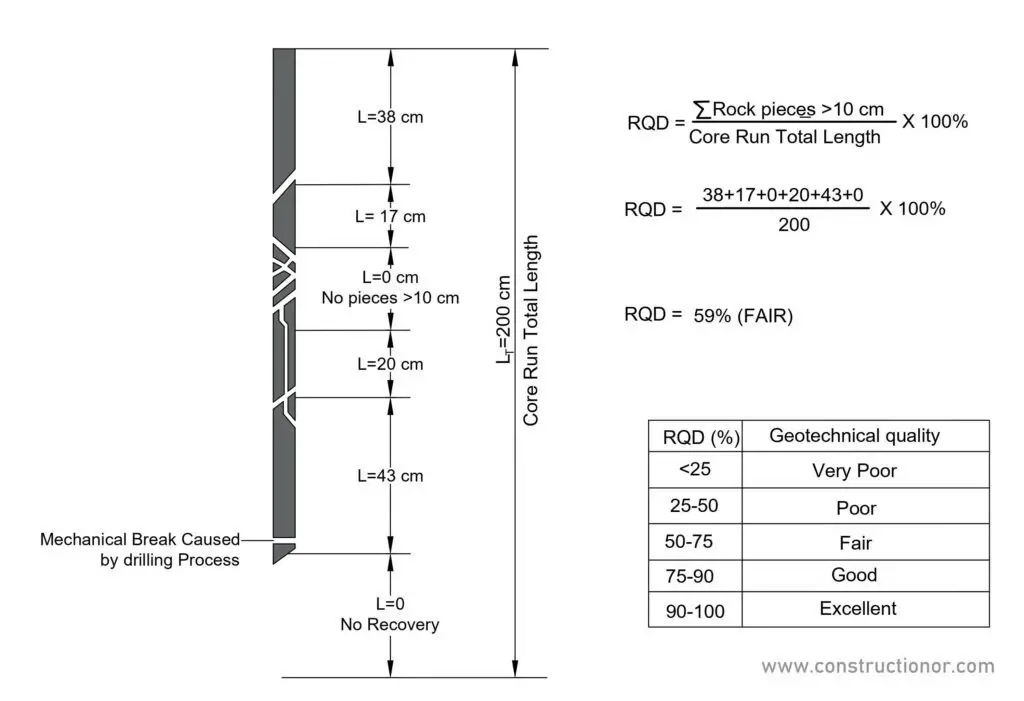



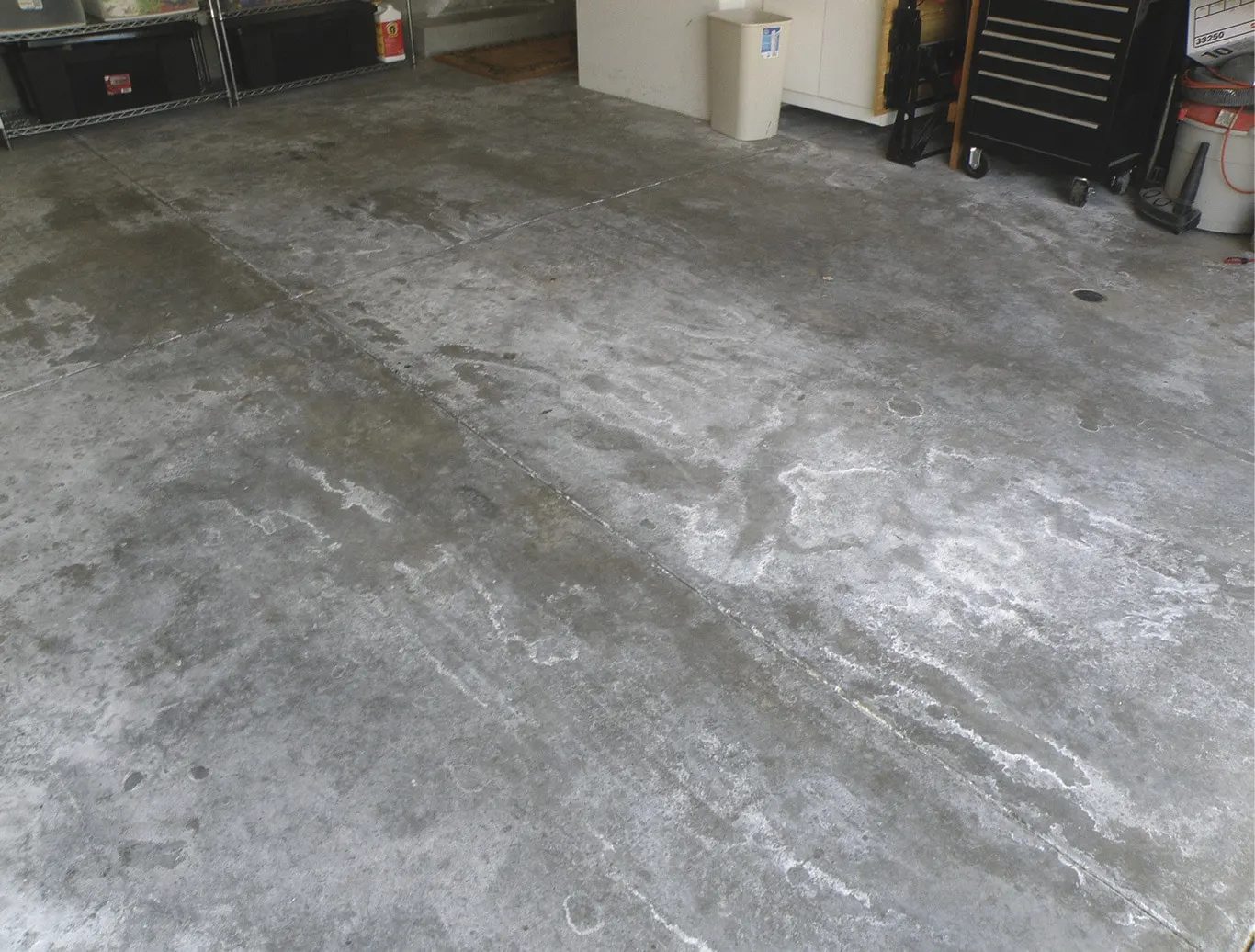
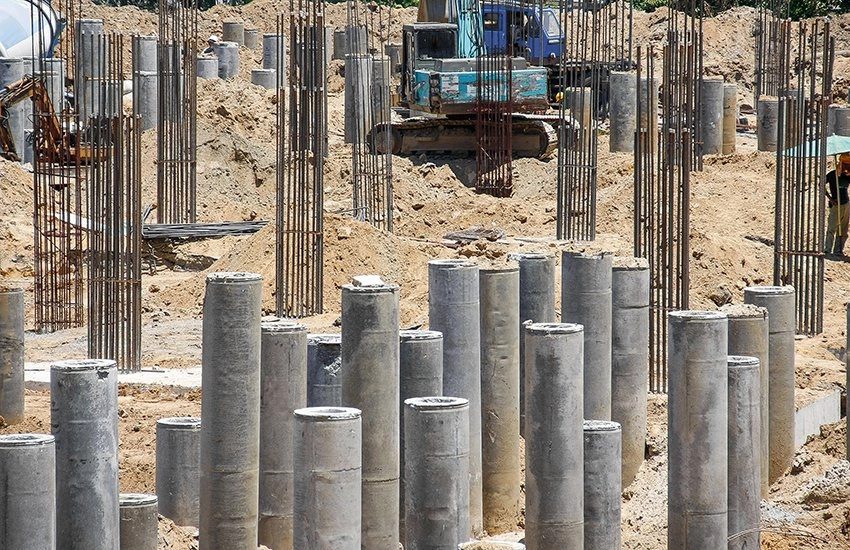

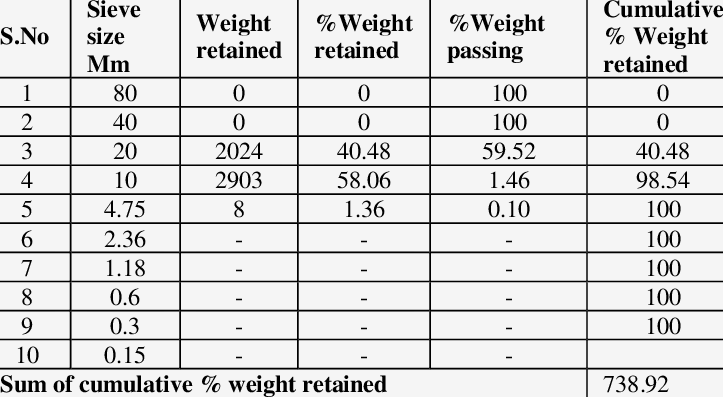
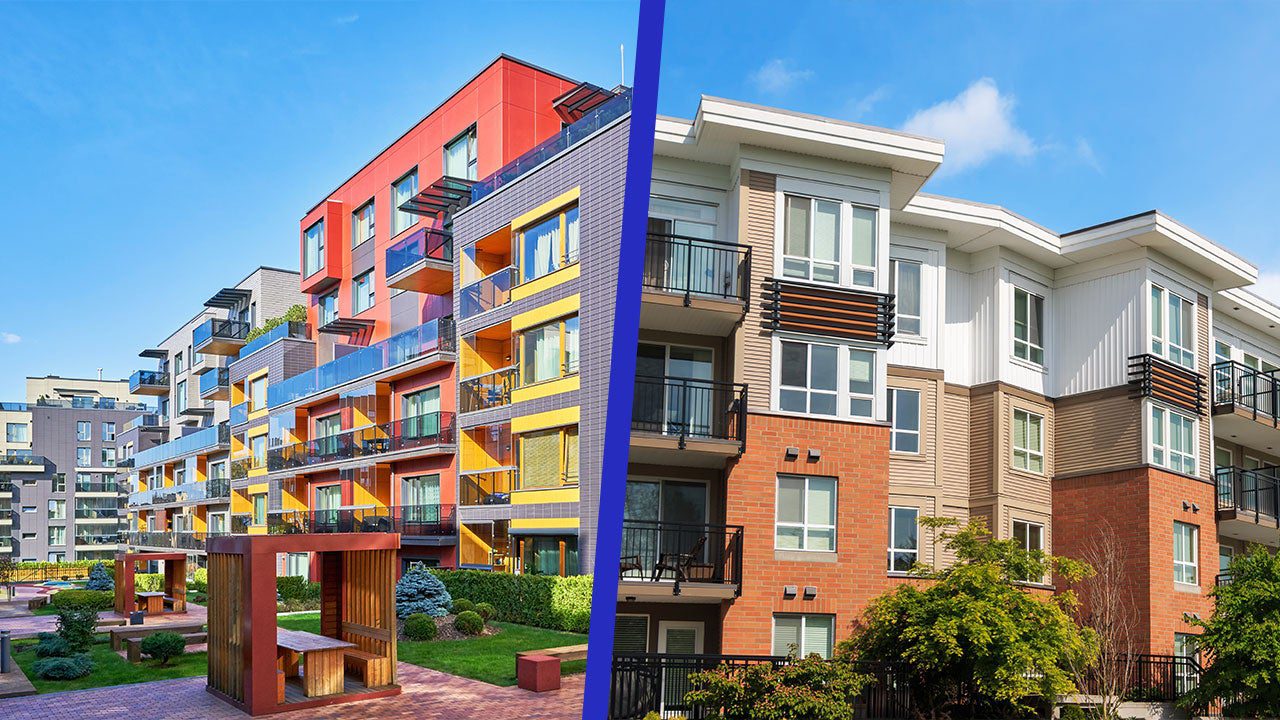
Nice and thank you